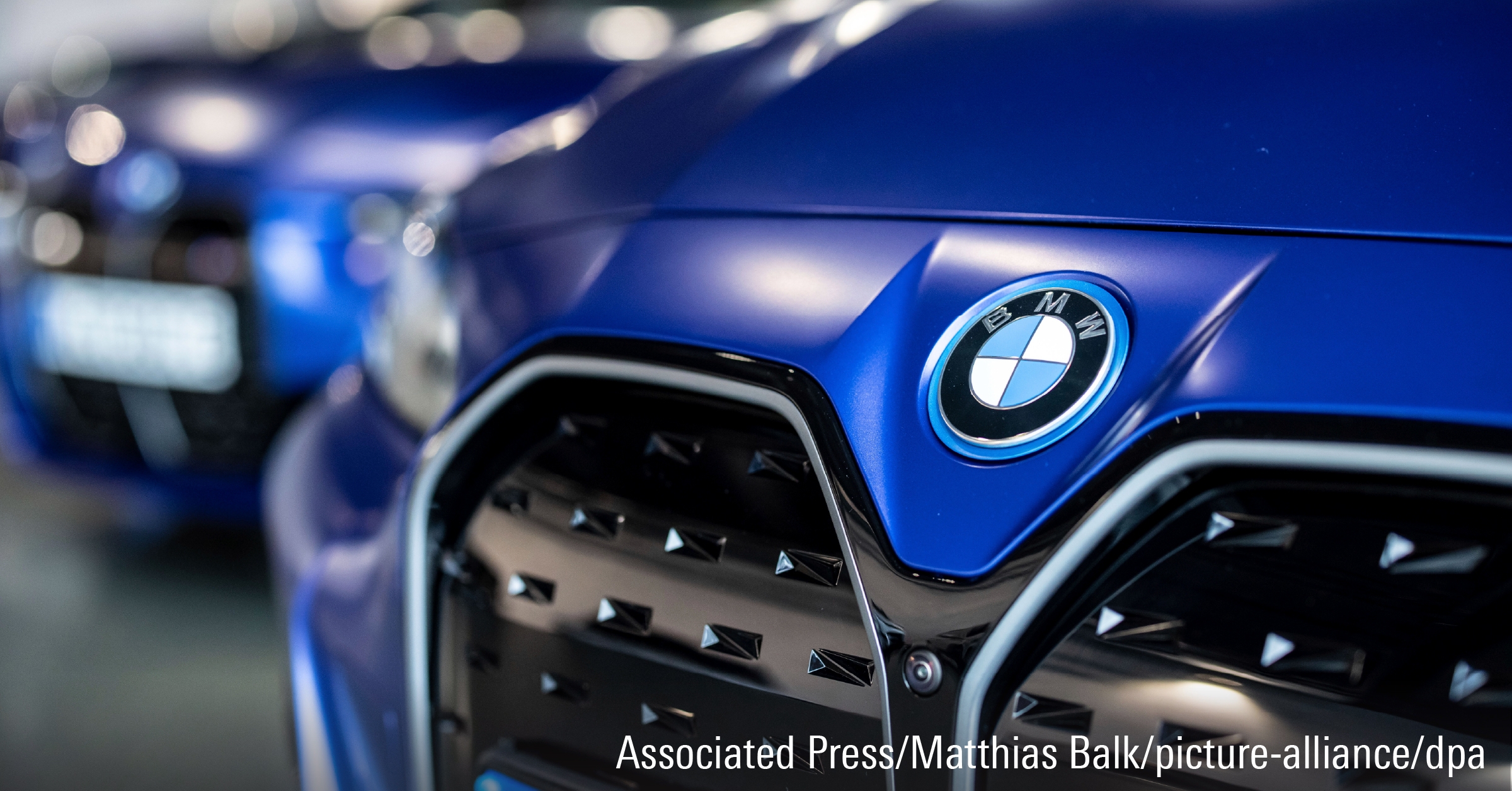Rolle im Portfolio
The iShares MSCI Emerging Markets UCITS ETF provides exposure to a wide array of mid- and large-cap companies within the world’s emerging regions. This broad category of countries has seen its importance on the global stage rise dramatically in recent years. Whereas this type of exposure would once have been considered only as a speculative tactical tool, it is increasingly becoming a core component of a globally balanced portfolio. That said, this can be a volatile area of the market. The MSCI Emerging Markets Index has had annual standard deviation of 18.8% for the past 10 years, versus 14.0% for the MSCI World. Its correlation to other equity exposures does suggest some benefit as a diversifier. Over the same period it has shown correlation to the local-currency returns of the S&P 500, the MSCI Europe, and the broader MSCI World Index of 77%, 80%, and 83%, respectively. Some of that benefit, however, has shrunk in recent years. The corresponding five-year correlations are 85%, 85%, and 88%. The fund does not make any distributions; hence is may not suit an investor looking for income.
Fundamentale Analyse
Even as developed markets have slowed down amidst consumer and government deleveraging, much of the developing world has continued to exhibit somewhat stronger growth. As the group’s largest economy, and the biggest weighting in the index, China will have a considerable impact on the fortunes of the MSCI Emerging Markets Index. The Chinese economy continues to post strong growth numbers, but against a backdrop of sky-high expectations, opinion remains divided on when the country’s prospects will descend back down to earth and whether the landing will be hard or soft. The first quarter’s GDP release, which showed growth for the prior 12 months of 7.7%, was high relative to what most of the world is experiencing, but fell short of expectations. As the beleaguered developed-world consumer continues to pare back, China will have to rely more and more on domestic demand from its own burgeoning middle class. Another area for concern is China’s swiftly rising housing market. To cool things down, the government has enacted higher down payment requirements and higher mortgage rates for purchases of second homes. A correction in the housing market could hurt the financial sector, as real estate is typically used as collateral for bank loans. The economy of South Korea has grown dramatically in the past few decades. According to The Economist, it now boasts a GDP per head that is higher than the European Union average. Although still classified as an emerging market by MSCI, many now consider South Korea a developed country. Much of the private sector growth has been driven by a system of very large conglomerates. Many of these chaebol —such as Samsung, LG, and Hyundai – have been tremendously successful, but corporate governance concerns have dogged them as a result of their family-run structure. Like South Korea, Taiwan is heavily dependent on China as a trading partner. Its export-driven economy has expanded considerably in the last few decades. Recent growth, however, has not been as robust as some of its neighbours. Its GDP grew by just 1.5% in the twelve months through the end of the first quarter. Brazil’s wealth of natural resources has made it a substantial beneficiary of the past decade’s trend towards higher commodity prices. A big part of that trend has been the rapid growth of China, with its seemingly insatiable appetite for raw materials, as well as Malthusian concerns about the world running out of non-renewable resources. The concern right now is that with China slowing down and other parts of the world in recession, the demand for raw materials could fall considerably. Further muddying the picture is the rapid pace of new natural gas discoveries throughout the world, particularly in the United States. Indeed, Brazil’s growth has slowed considerably in recent periods. For the 12 months through the fourth quarter of 2012, its GDP growth rate was just 1.4%, less than that of the United States. Over the last 10 years, the MSCI Emerging Markets Index has produced annual returns of 15.08%, versus 7.16% for the MSCI World Index, which covers only developed market equities. Its price-to-earnings ratio was 12.2 at the end of April, up from its low of 7.1 in May 2009, and above its five year average of 11.4.
Indexkonstruktion
The MSCI Emerging Markets Index is a free float market capitalisation-weighted index covering 21 emerging market countries from all over the world. It currently has 822 large- and mid-cap constituents and covers approximately 85% of the free float-adjusted market capitalisation of the component countries. The index is reviewed quarterly, with size cut-offs recalculated semi-annually. The universe is initially screened for liquidity, as measured by the value and frequency of trading. The median constituent has a market capitalisation of $2.3 billion. At the end of April, the top geographic exposures were China, South Korea, and Brazil, with respective weights of 18.2%, 14.4%, and 12.7%, followed by Taiwan at 11.2% and South Africa at 7.0%. On a sector basis the top weight is financials, making up 27.9% of the total, followed by information technology at 14.2%, Energy at 11.8%, Materials at 10.3%, and Consumer Staples at 9.3%. The index is not very concentrated, with just 16.1% in the top 10 names. The top individual security is Samsung Electronics Co., at a 4.0% weight.
Fondskonstruktion
The fund currently uses optimised sampling to try to capture the performance of its benchmark, holding a physical basket of securities designed to match the characteristics of the underlying index but not the exact stocks in the exact weights. Compared to the index’s 822 constituents, the fund held 374 at the end of December 2012. The fund is domiciled in Luxembourg and uses the U.S. dollar as its base currency. Dividends paid to the fund by its underlying holdings are immediately reinvested, rather than being distributed to the fund’s investors. This should reduce the cash drag that can result from accumulating dividends. iShares may engage in securities lending in order to optimise the ETF’s tracking performance. BlackRock acts as investment manager on behalf of iShares. The amount of securities that can be lent has been is capped to 50% per fund. Lending operations are hedged by taking UCITS-approved collateral greater than the loan value and by revaluing loans and collateral on a daily basis. The collateral is held in a ringfenced account by a third party custodian. The degree of overcollateralisation is a function of the assets provided as collateral, but typically ranges from 102.5% to 112%. Lending revenue is split 60/40 between the ETF and BlackRock, respectively.
Gebühren
The fund has a total expense ratio (TER) of 0.67%, which is middling in relation to other funds that provide similar exposure. Other costs potentially borne by the unitholder but not included in the total expense ratio include securities lending fees, transaction costs when the underlying holdings change, and bid-ask spreads and brokerage fees when buy and sell orders are placed for ETF shares. Income generated from securities lending could potentially recoup some of the total costs.
Alternativen
Many providers offer ETFs tracking the MSCI Emerging Markets Index, including UBS, Amundi, SPDR, ComStage, Lyxor, db x-trackers, Source, ETFlab, and HSBC. Vanguard FTSE Emerging Markets ETF follows a different benchmark but provides a similar exposure. For alternatives to market capitalisation-weighted exposures, there are Ossiam ETF Emerging Markets Minimum Variance and PowerShares FTSE RAFI Emerging Markets ETF. Of all of these, the larger alternative in AUM terms is the db x-trackers fund, with assets of $3.5 billion respectively. The funds with the lowest TER are the Amundi product, the Vanguard product, and the Source product, each with a TER of 0.45%.

















